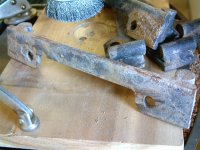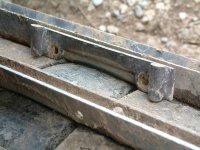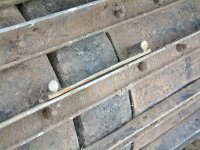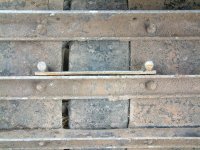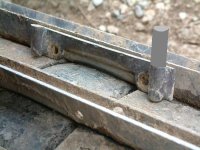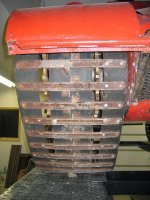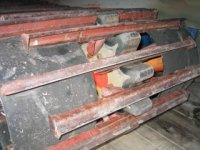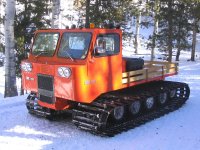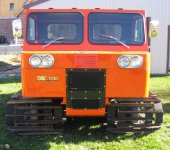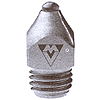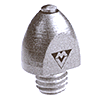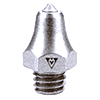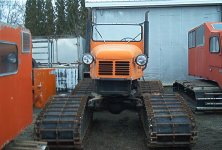paulhenry
New member
Any thoughts?
This summer one of my projects is to get my supply of grouser cleats (I don't know the official name) rehabbed.
These are used on a Bombardier SV252-G SKIDOZER circa 1986. they bolt to every 4th gouser so that they are centered over the bogie wheels.
As you can see from the photo they are worn flat. I am thinking that grinding 2 stubs off of a bazillion cleats is going to be my last job on earth. Or, under the heading of never do today what you can put off to tomorrow, I could weld new rods in the pocket outboard of the original rods. The inside is out because that will infringe on the mounting hole space.
Then I wonder, if you don't have the time to do the job right the first time, where the devil are you going to find the time to do it twice?
Is there a standard length that these "spikes" are suppose to protrude?
Any thoughts? You all are a creative group - I could use some brainstorming on this one.
This summer one of my projects is to get my supply of grouser cleats (I don't know the official name) rehabbed.
These are used on a Bombardier SV252-G SKIDOZER circa 1986. they bolt to every 4th gouser so that they are centered over the bogie wheels.
As you can see from the photo they are worn flat. I am thinking that grinding 2 stubs off of a bazillion cleats is going to be my last job on earth. Or, under the heading of never do today what you can put off to tomorrow, I could weld new rods in the pocket outboard of the original rods. The inside is out because that will infringe on the mounting hole space.
Then I wonder, if you don't have the time to do the job right the first time, where the devil are you going to find the time to do it twice?
Is there a standard length that these "spikes" are suppose to protrude?
Any thoughts? You all are a creative group - I could use some brainstorming on this one.

